I explained in an earlier post how the National Art Library catalogue, like most library catalogues, contains records of varying quality and detail. For some purposes, a brief record may be sufficient, serving as an indication that a particular text is held, but often it can be misleading. Here is an example of a catalogue record, the brevity of which belies the complexity and interest of the book catalogued:
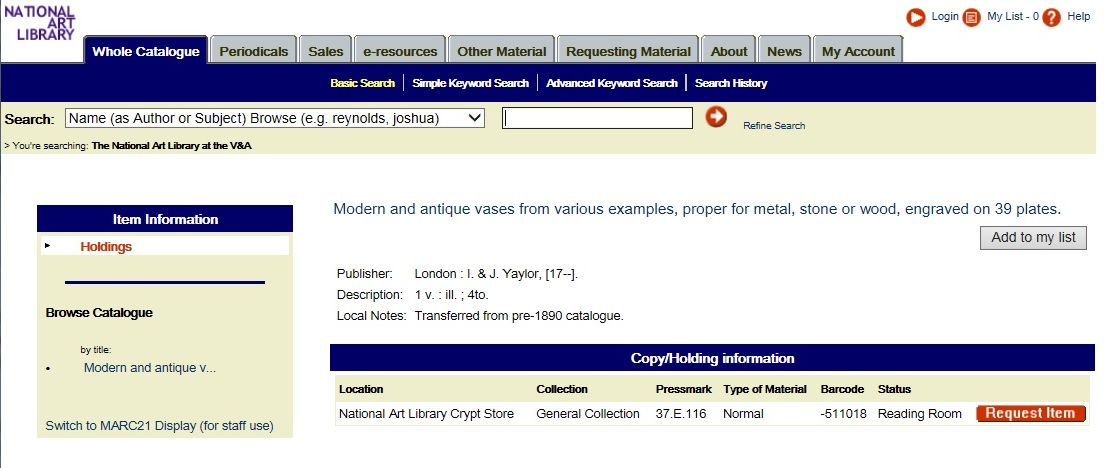
This is the title page of the actual item:
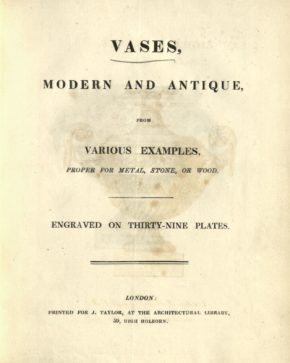
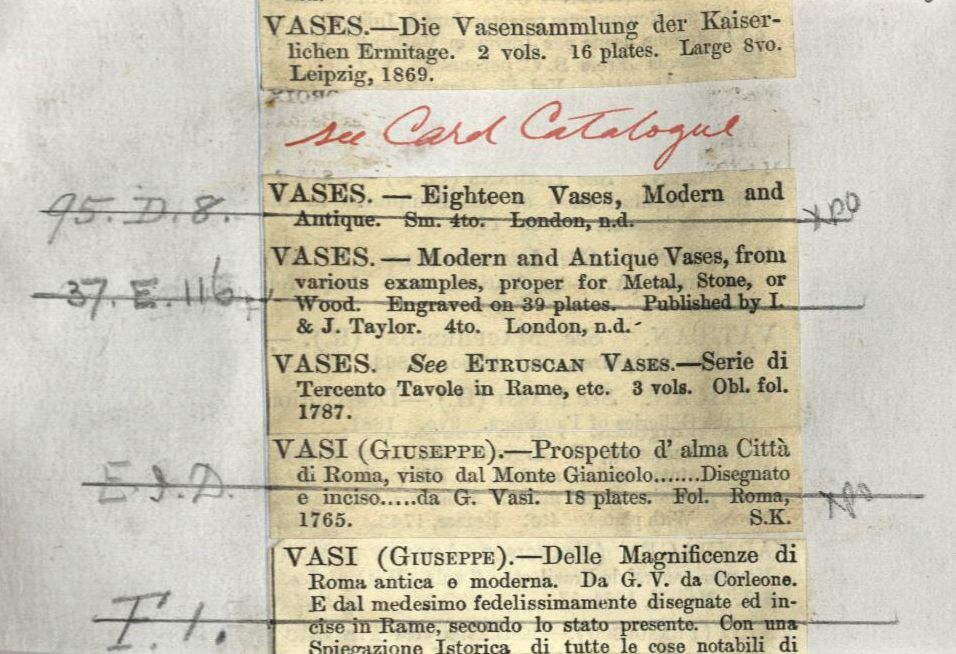
At least here, it could be found under the heading “Vases”; as it appeared in our online catalogue, it would only have been found by a fortuitous keyword search.
To return to that inaccurate imprint: take a look at the upgraded catalogue record, and you will see that this volume is a reissue of four sets of prints originally published separately over a period of twenty years. Each set has its own title page with the original imprints. Taken together, they tell the whole story of Taylor’s Architectural Library.
The story actually begins with the booksellers A. and Henry Webley. Their names appear separately in imprints at different periods throughout the 1760s, trading from the same address in the Holborn district of London. Little is known of their identity: it has been suggested that “A.” may have been Henry’s wife, or even that they were the same person. What is known is that in 1770 the business was taken over by Isaac Taylor (1730-1807). Bookselling was a new venture for Taylor, although he must have gained significant experience of the trade through his work as an engraver. He specialised in book illustration, and had actually engraved some plates for Henry Webley. It was presumably due to his success in this field that he was able to buy the business.
In the earliest set of prints in this volume, we see Taylor, still early in his new career, sharing the publishing credit (and the financial risk) with the engraver William Darling.
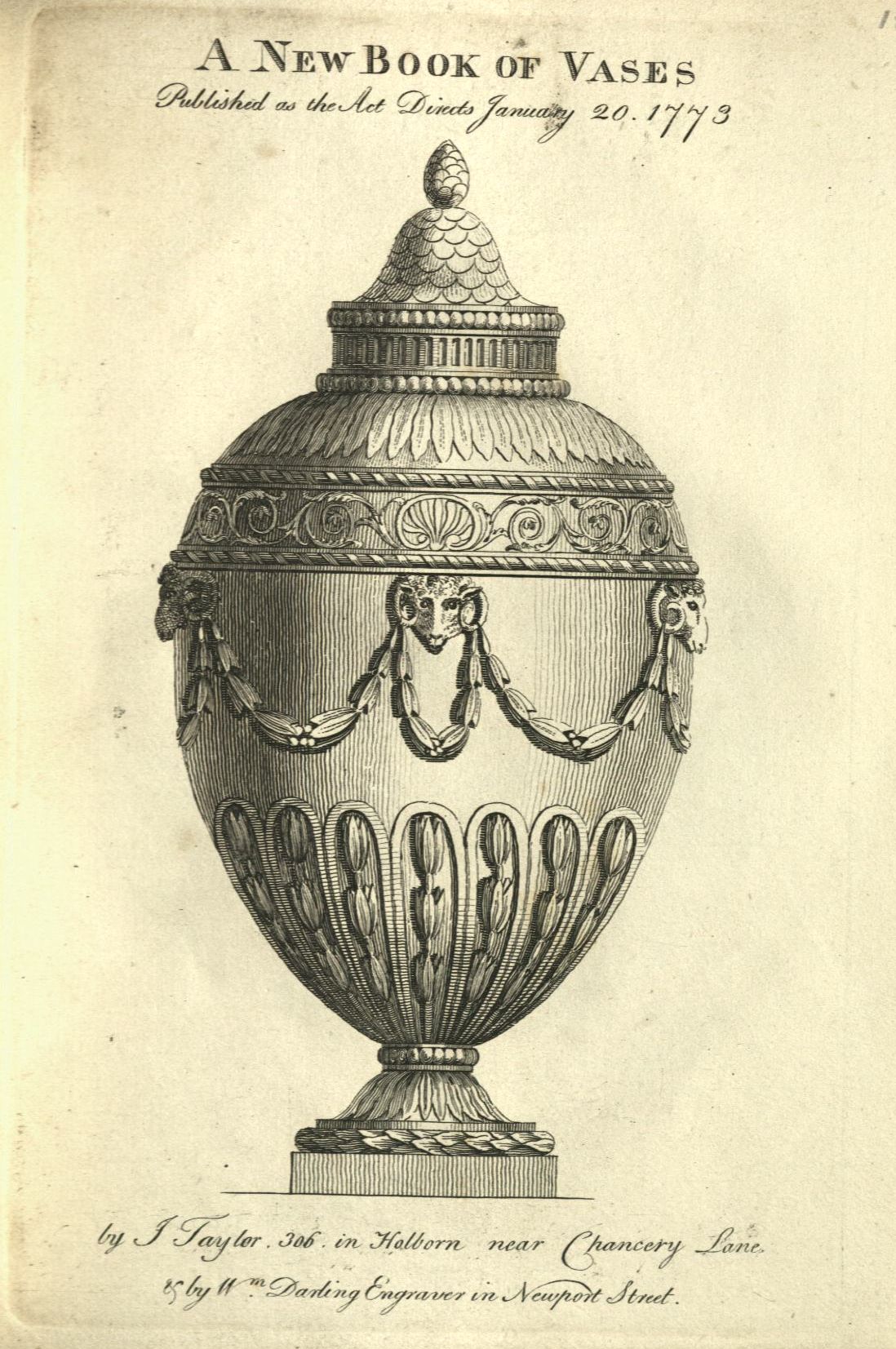
The lack of dates on many of the items published by the Taylors disguises their longevity. Take for example the works of the landscape gardener and architectural writer Batty Langley (1696-1751). Eileen Harris characterises his architectural books as “unoriginal, repetitive, slap-dash productions” but notes that they were nonetheless “continually in use and demand, and their influence on standard eighteenth-century building all over the British Isles was enormous”. ‘The builder’s director’, a work on the architectural orders, was first published in 1747, but Langley had been dead for more than 15 years by the time the earliest edition held by the NAL was published
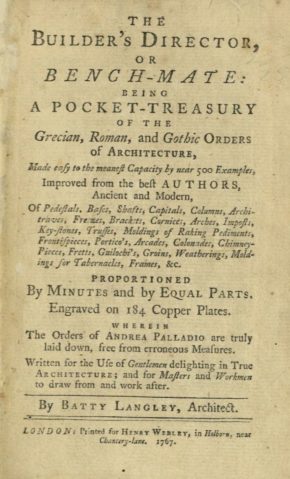
You will see that this edition was published by Henry Webley, so it is not surprising that it was later issued by the Taylors.
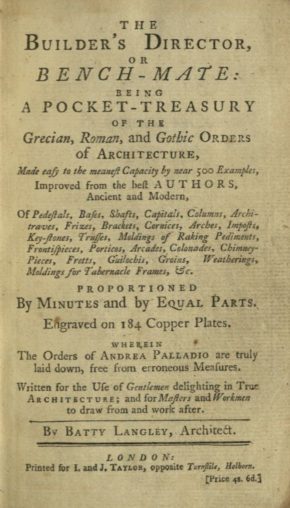
In my next post I will look at some more works published by the Taylors’ Architectural Library, and the problems found in dating them.
References and books discussed
Harris, Eileen. ‘British architectural books and writers, 1556-1785’ (Cambridge: Cambridge University Press, 1990.
Langley, Batty. ‘The builder’s director, or Bench-mate’ (London: printed for Henry Webley, 1767)
Langley, Batty. ‘The builder’s director, or Bench-mate’ (London: printed for I. and J. Taylor, [ca. 1790])
‘Vases, modern and antique’ (London: printed for J. Taylor, at the Architectural Library, [ca. 1800])
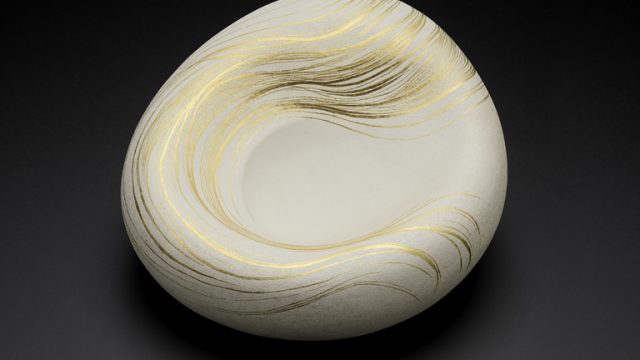


‘Vases, modern and antique’ ?